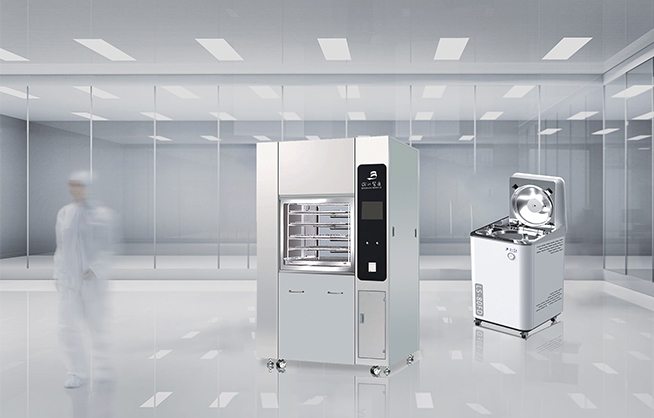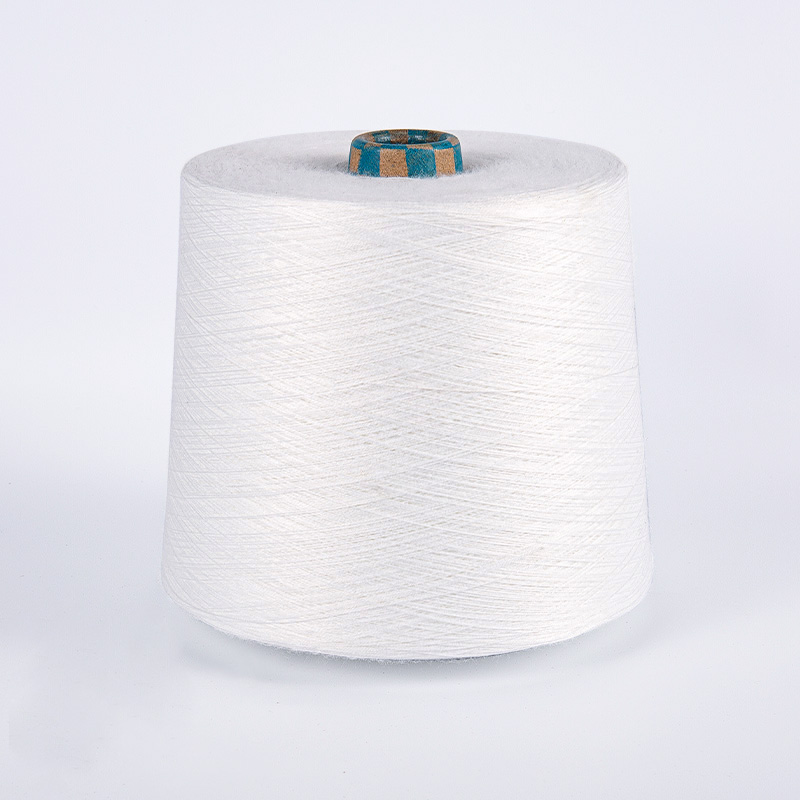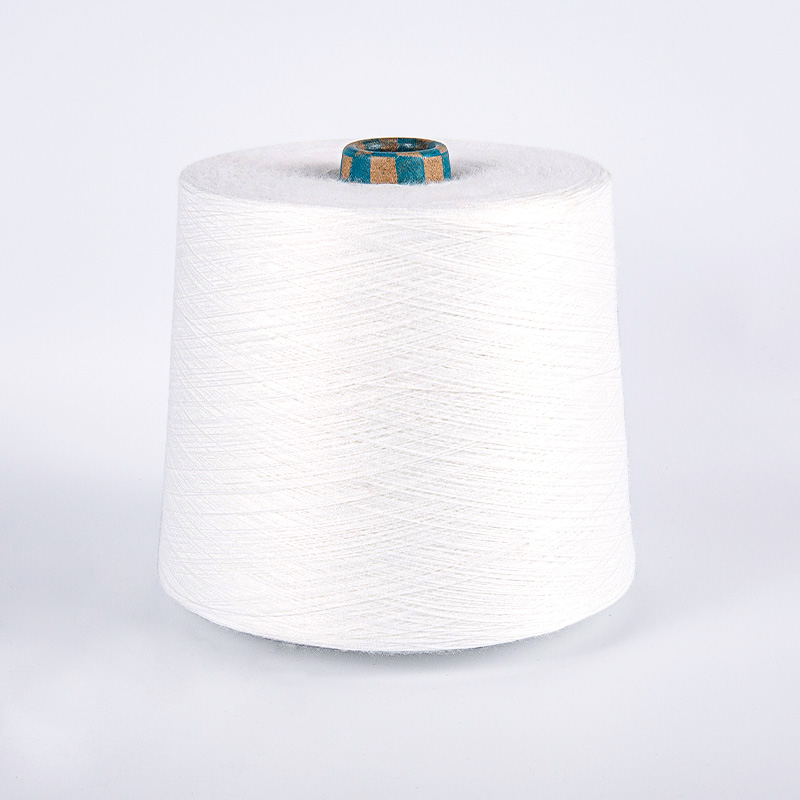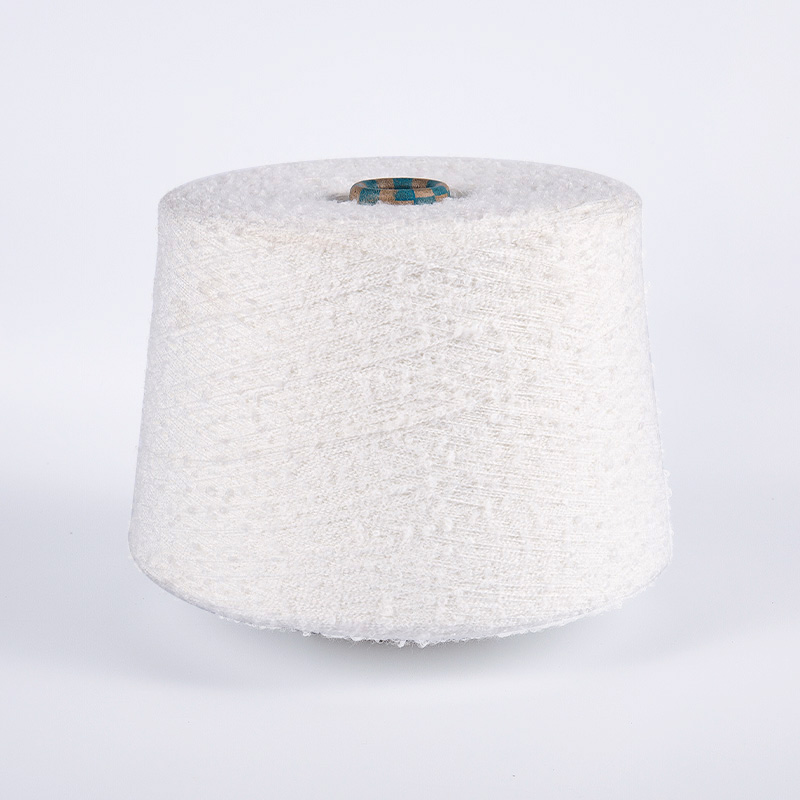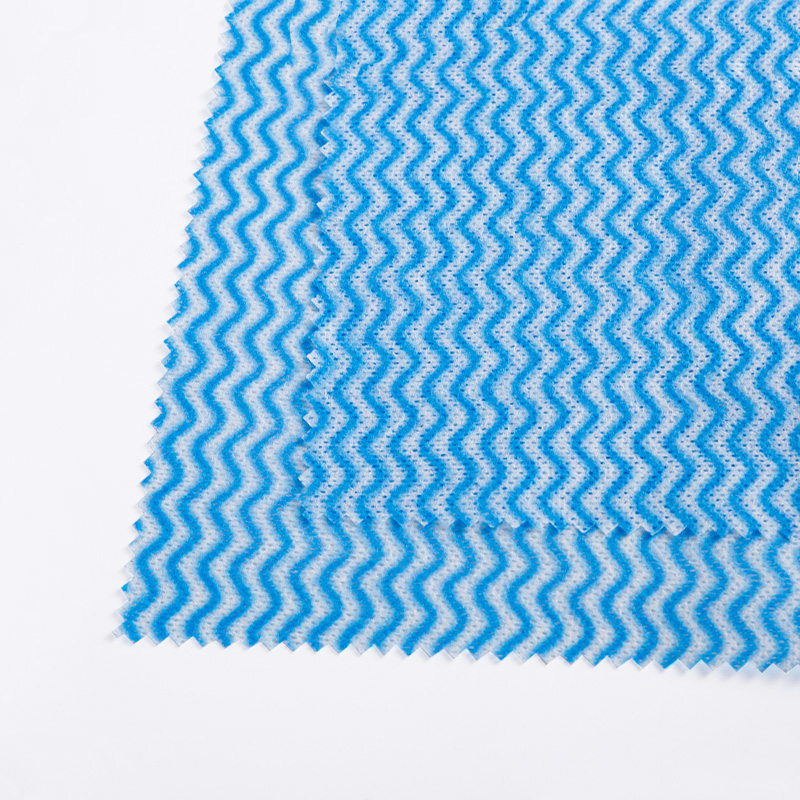
Chemical Fiber Polyester Yarn: Full-link analysis from raw materials to finished products
Posted by Admin | 15 Jun
In the contemporary textile industry, Chemical Fiber Polyester Yarn is undoubtedly the most representative and widely used type of man-made fiber products. With its excellent physical properties, low manufacturing cost and wide application scenarios, it has become the "main force" in many fields such as clothing, home textiles, and industrial fabrics.
1. What is polyester yarn? ——Fiber miracle derived from petroleum
Polyester yarn, also known as polyester yarn, is polyethylene terephthalate (PET) synthesized by terephthalic acid (PTA) and ethylene glycol (EG) through polycondensation reaction, and then made into filament or staple yarn through melt spinning, cooling molding, stretching orientation and other processes. As the most important chemical fiber product, polyester yarn has the following characteristics:
High strength, high elastic modulus
Excellent wear resistance
Low hygroscopicity, fast drying
Good light and heat resistance
Easy to dye, high color fastness
Polyester yarn can be divided into two forms: **Filament Yarn and Staple Yarn**, which are suitable for different purposes such as knitting, weaving, and non-woven fabrics.
2. Process interpretation: Full analysis of the production process of polyester yarn

The production process of polyester yarn integrates a number of chemical and mechanical processes. The typical process is as follows:
1. Polymerization reaction
Through the esterification and polycondensation reaction of PTA and EG, high molecular weight PET chips are generated, requiring uniform molecular weight and appropriate IV value.
2. Melt spinning
PET chips are heated and melted, extruded at high temperature to form fiber precursors, and then cooled to shape.
3. Drawing and winding
The melt-spun precursors need to be drawn and stretched to improve the orientation and crystallinity, thereby improving the mechanical properties.
4. Deformation (for FDY, DTY and other categories)
For example, DTY (Draw Textured Yarn) needs to be subjected to false twisting deformation process to give the yarn a certain degree of fluffiness and elasticity, which is suitable for high-end knitting.
5. Post-processing and winding
It is oiled, heat-set, and wound into yarn tubes for subsequent weaving or sales.

3. Rich product types: Diversified subdivision of Chemical Fiber Polyester Yarn
Chemical Fiber Polyester Yarn is subdivided by form and process, and common types include:
POY (pre-oriented yarn): used for subsequent drafting processing;
DTY (stretched textured yarn): commonly used for knitting and underwear fabrics;
FDY (fully stretched yarn): high strength, good finish, suitable for weaving;
High elastic yarn (Spandex Covered Yarn): commonly used for elastic fabrics;
Ring spinning/air spinning short fiber yarn: more suitable for cotton feeling needs and blending.
It can also be further customized according to gloss (bright/semi-matte/full matte), cross-sectional shape (trilobate, flat, hollow), etc. to meet the needs of different market segments.
IV. Performance Advantage Analysis: Why is Chemical Fiber Polyester Yarn so popular?
Strong durability
Polyester has a breaking strength of up to 4.5-6.0 cN/dtex, and its wear resistance ranks first among all fibers, with a long service life.
Good chemical stability
It has a certain resistance to acids and alkalis, especially to a variety of organic solvents, and is suitable for medical, protective, industrial filtration and other environments.
Strong cost control ability
The stable source of raw materials, mature technology, and huge production capacity give it an irreplaceable "price advantage" in clothing and textiles.
Renewable and easy to recycle
Modern polyester can be physically or chemically recycled, which is in line with the development trend of green textiles today.
V. Panorama of market applications: Comprehensive penetration from clothing to industry
Chemical Fiber Polyester Yarn covers three major mainstream markets:
1. Yarn for clothing
Such as T-shirts, sportswear, functional underwear, fast fashion brand fabrics, etc., which have high requirements for softness and dyeability.
2. Yarn for home textiles
Such as bed sheets, curtains, sofa fabrics, etc., which pursue color fastness, wrinkle resistance and hand feel.
3. Yarn for industrial use
Such as seat belts, filter cloths, conveyor belts, cables, etc., which emphasize strength, chemical resistance and temperature resistance.
Especially in the fields of sports functional fabrics, flame retardant fabrics, and UV-resistant materials, polyester yarn has become a high-end material alternative.
Although new materials emerge in an endless stream, Chemical Fiber Polyester Yarn will still occupy a core position in the textile industry chain for a long time in the future due to its significant advantages of excellent comprehensive performance, wide range of applications, and mature technology and processes. For textile practitioners, keeping up with technological advances and seizing the dual opportunities of functionality and environmental protection are the only ways to continue to lead on this seemingly traditional but still fast-growing track.
+86-18058809000
+86-571 86218111



 English
English 中文简体
中文简体
